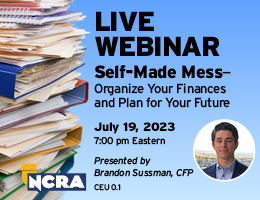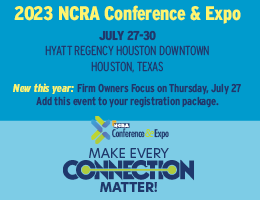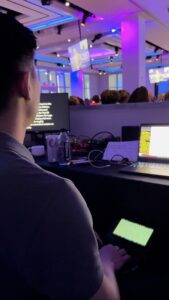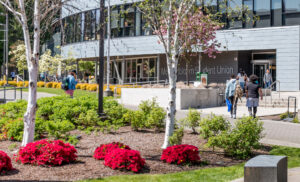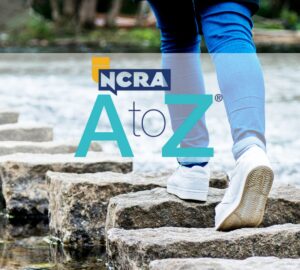By Sue Terry
Are there markets for us outside of the legal industry? You bet! You need look no further than YouTube to get started.
Think of groups in your local community that have media content in either audio or video format. The search engines can’t access that content because it isn’t digital. In other words, it’s just not searchable.
Captioned content ranks higher with search engines than content that is not captioned. Use that fact to promote your service. Whether your community’s content includes council meetings, important radio programs, podcasts, training videos, or church broadcasts, you can make a difference for accessibility.
To help you market this service, the guidelines for captions and the benefits of captioned video and audio content can be found at the following link: dcmp.org/ciy/. (Ed. Note: This material is put together by the Described and Captioned Media Program, which is funded by the U.S. Department of Education and administered by the National Association of the Deaf.)
While there are many methods available to caption YouTube videos, you will find a couple of very simple methods at the following links:
youtube.com/watch?v=9K4WJs94FfY
youtube.com/watch?v=XJGiS83eQLk
Some simple YouTube control keys also make it easy to stop, start, pause, rewind, and fast-forward your videos. A video to the keyboard commands can be found here:
youtube.com/watch?v=WHCEBpA-x-Y
Keep in mind that these links are only scratching the surface of instructional content that is available. There are also software products on the market that make Web captioning even easier. Just do your homework, Google the how-to of captioning, and explore the possibilities. The services we are capable of providing to our communities are limited only by our own imaginations.
Sue Terry, RPR, CRR, a freelancer based in Springfield, Ohio, is a member of NCRA’s Board of Directors.


